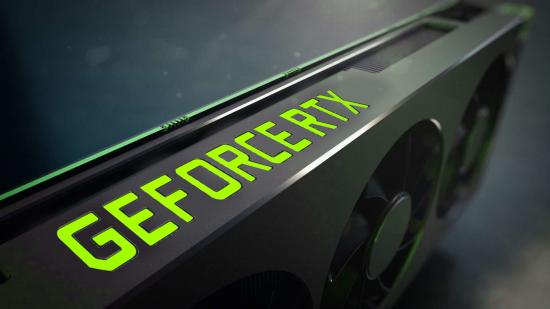While Linux is praised for its open-source license with a good number of bloatware-exempt and free to use distributions, it’s still not the de facto OS for the best gaming PC, as the majority of the best PC games only run natively on Windows operating systems. Fortunately, Nvidia’s latest GeForce driver isn’t just Rainbow Six Siege getting Reflex and introducing Resizable BAR support on RTX 3000 graphics cards, as there’s a whole lot of love for Linux, too.
Virtual emulators in Linux, such as Wine, already do a pretty good job of emulating Windows-exclusive applications such as Photoshop, but when it comes to running games, getting the best graphics card to play ball with VMs results in a lot of fiddling around and errors.
The latest Nvidia driver for Linux enables GPU passthrough support on Windows virtual machines, which should reduce the number of errors users run into when trying to unofficially set up GPU passthrough on Nvidia cards. Could this make Linux distributions serious contenders for gaming PCs, if performance is up to scratch? Not so fast, as there’s a catch.
Firstly, there’s not been any thorough comparisons of game performance with Nvidia’s new passthrough versus native Windows performance yet. On top of that, an Nvidia help ticket for the update notes that you need to have two GPUs – one for running Linux OS, and a separate card for running the Virtual Machine instance.
That’s not the most convenient solution, especially considering the over-inflated cost of graphics cards right now thanks to stock issues. There’s a wide range of cards supported though, from the newest RTX 3000 series all the way back to the eight-year-old GTX 600 series.
